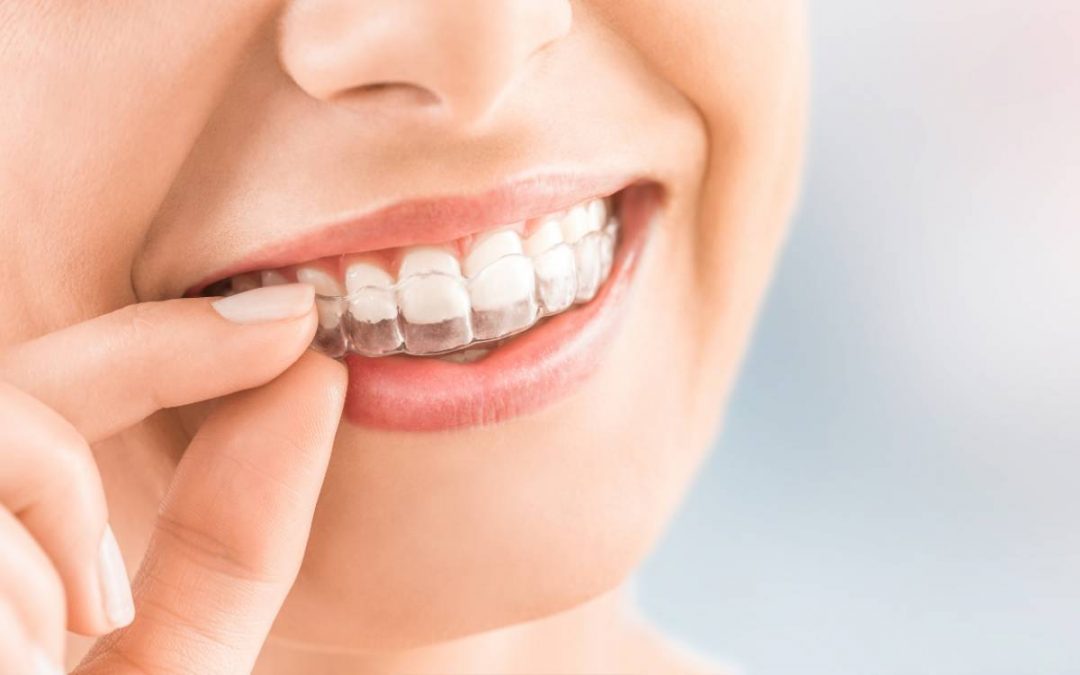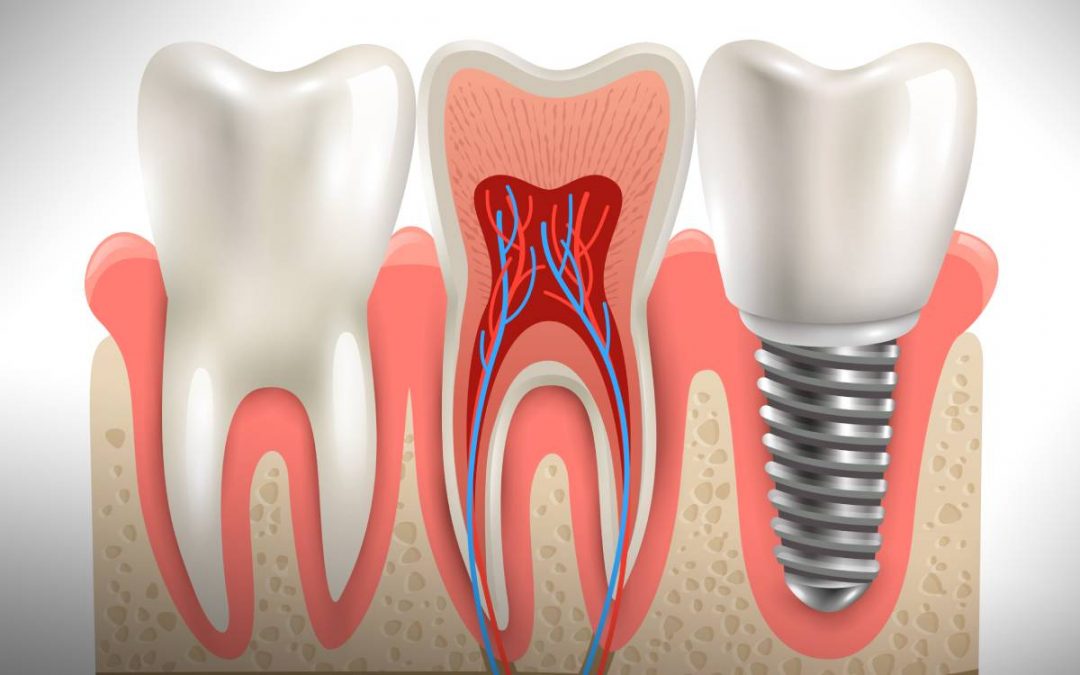Improve Your Smile with Cosmetic Dental Bonding
Cosmetic Bonding is a procedure in which a tooth-coloured resin material (a durable plastic material) is applied and hardened with a special light, which ultimately “bonds” the material to the tooth to restore or improve person’s smile.
What is Cosmetic Bonding?
Cosmetic Bonding can be considered to fix the following dental issues:
- To repair decayed teeth (composite resins are used to fill cavities)
- To repair chipped or cracked teeth
- To improve the appearance of discoloured teeth
- To close spaces between teeth
- To make teeth look longer
- To change the shape of teeth
- As a cosmetic alternative to amalgam fillings
- To protect a portion of the tooth’s root that has been exposed when gums recede
Cosmetic Bonding Procedure
Cosmetic Bonding takes little to no preparation. Your Neem dentist will match the shade of your existing teeth to select a composite resin colour that will closely match the colour of your tooth.
There are two forms of Cosmetic Bonding: direct composite bonding and adhesive bonding
Direct Composite Bonding – This is the process where dentists use tooth-coloured composites white or natural-looking materials) to fill cavities, repair chips or cracks, close gaps between your teeth and build up the worn-down edges of teeth. The composite materials may also be directly applied and sculpted to the surfaces of teeth that show most prominently when you smile, for minimally invasive smile makeovers. In the dental world these are called direct composite veneers but generically known by most to be called “bonding.”
Adhesive Bonding – This is the process of attaching a restoration to a tooth. This method is commonly used for aesthetic crowns, porcelain veneers, bridges and inlays/onlays. After your Neem dentist has chosen a colour that matches the shade of your teeth, he/she will roughen the surface of the tooth using a gentle phosphoric acid solution. Soon after the roughing agent is removed, a liquid bonding agent is applied. The tooth-coloured putty-like resin is applied to the tooth, then moulded and smoothed until it’s in the desired shape. The material is then hardened with an ultraviolet curing light, and the previous step is repeated until the filing or direct composite veneer has reached its final shape. Your Neem dentist will then polish the material until it matches the sheen of the rest of the tooth surface.
Pros and Cons of Cosmetic Bonding
Pros – Cosmetic Bonding is one of the most common and least expensive of cosmetic dentistry procedures. It can usually be done in one short visit unless multiple teeth are involved. Another advantage to bonding is that compared to veneers and crowns, it requires little to no removal of tooth enamel. Most procedures involving dental bonding do not require anaesthesia.
Cons – The material used in dental bonding is not as strong as your real teeth, so biting on fingernails or chewing on pens can actually chip the material. Bonding only lasts a few years before it needs to be repaired and is not as strong as other restorative procedures, such as crowns, veneers, or fillings. It is also not as stain resistant as crowns.
Because there are some limitations to the restorative impacts that bonding can have, some dentists may view it as best suited for small cosmetic changes, for temporary correction of cosmetic defects, and for correction of teeth in areas of very low bite pressure (for example, front teeth). Your Neem dentist will be able to tell you if bonding is right for you or may make other recommendations relative to your personal conditions.






